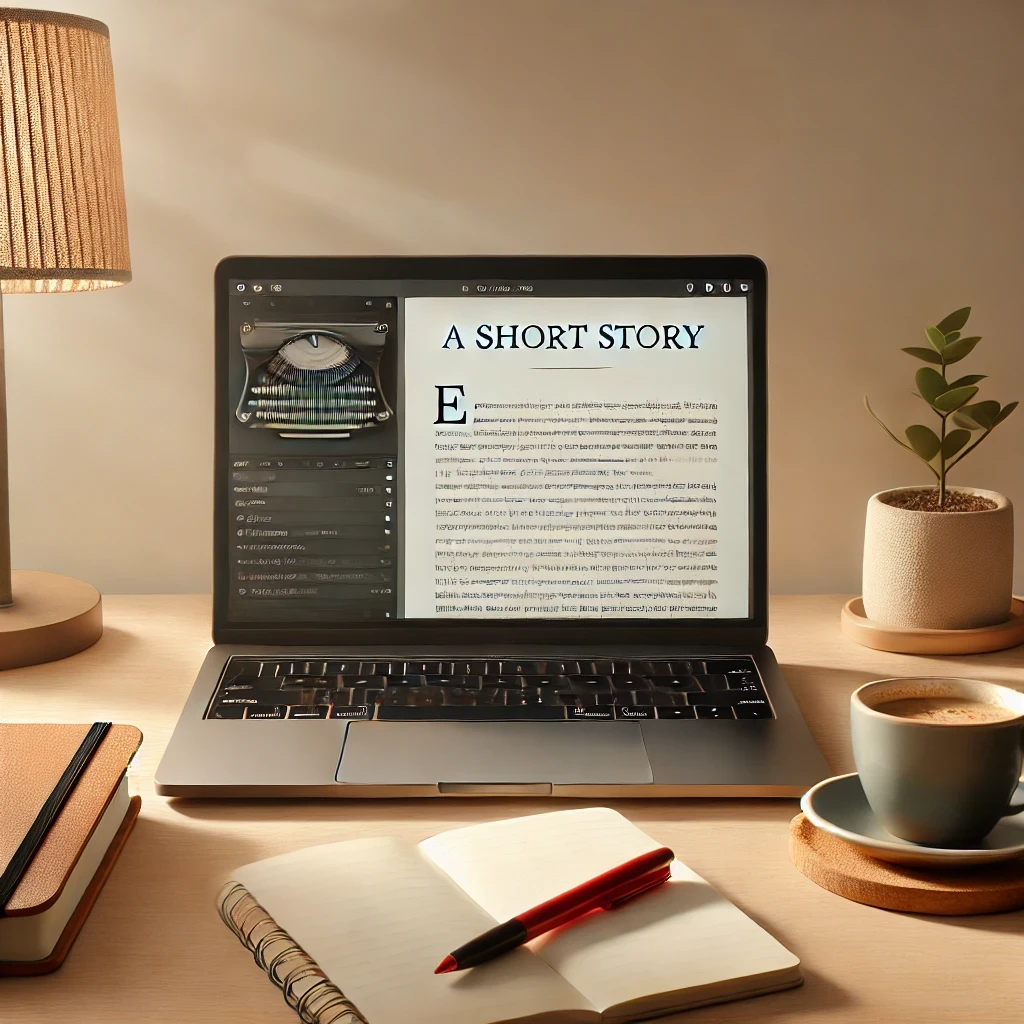
5 Essential Tips for Editing Your Completed Short Story
Editing a completed short story can feel just as challenging as writing it. You’ve brought your characters and plot to life, and now it’s time to polish your work until it shines. Here are five tips to help you edit with a keen eye and a clear plan.
1. Take a Break Before Revisiting
Once you’ve typed the final sentence, step away for a few days, even a week if you can. Giving yourself some distance helps you return with fresh eyes and a clearer perspective, making it easier to spot flaws and areas that need refinement.
2. Focus on Structure First
Start with the big picture. Ensure your story flows logically from beginning to end. Are your scenes arranged in a way that builds tension? Does each scene serve a purpose? Make sure your climax and resolution provide a satisfying payoff for readers.
3. Trim the Unnecessary
Short stories rely on brevity. Eliminate redundancies, tighten sentences, and cut unnecessary dialogue or description. Ask yourself if every word earns its place—aim for concise language that enhances the story’s impact without excess.
4. Polish Dialogue and Voice
Dialogue should feel authentic and advance both character and plot. Read it aloud to hear how it flows. Is it realistic? Does it sound true to each character’s voice? Also, double-check the overall tone and voice of your story for consistency.
5. Proofread for Grammar and Spelling
Finally, tackle the nitty-gritty: spelling, grammar, punctuation, and formatting. A single typo can pull readers out of the story, so it’s worth the extra pass to ensure your manuscript is as clean as possible.
Editing is a crucial step that can transform a good story into a great one. With these five tips, you’ll be well on your way to a polished, engaging short story. Happy editing!
